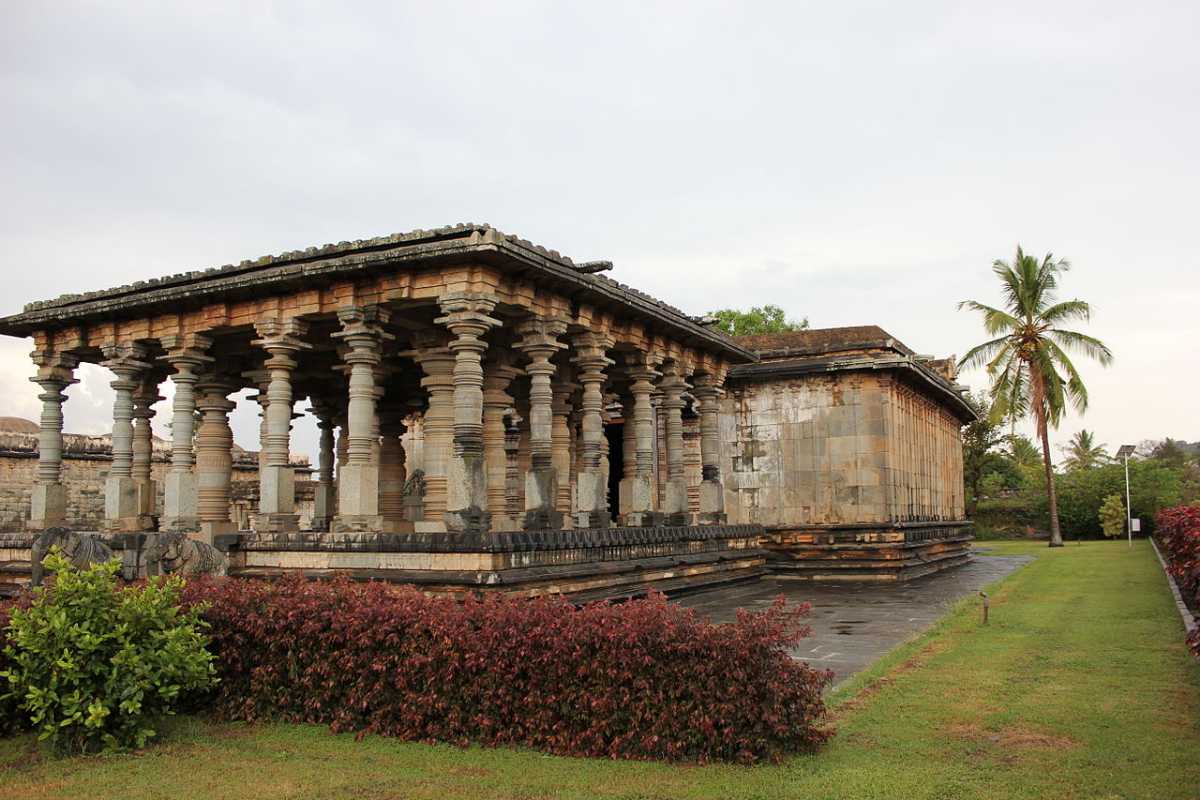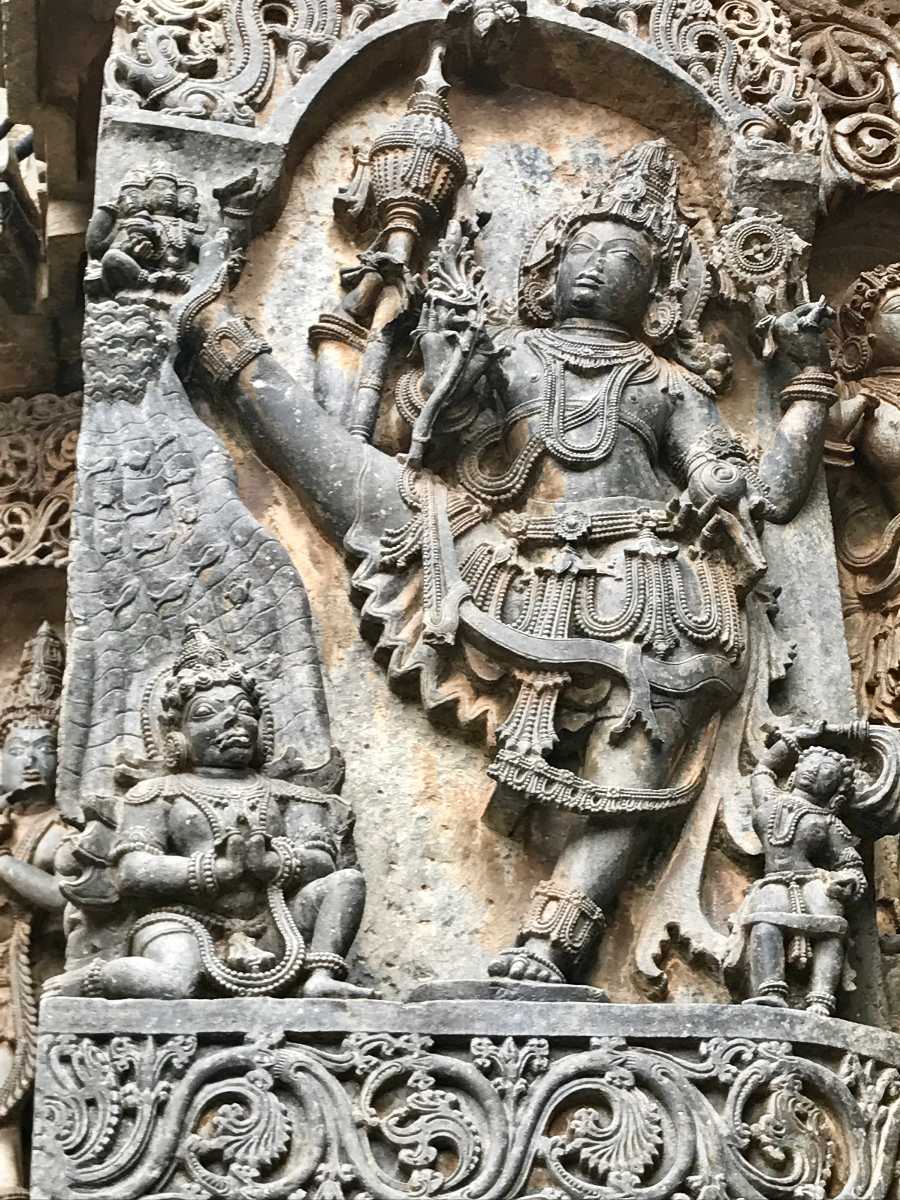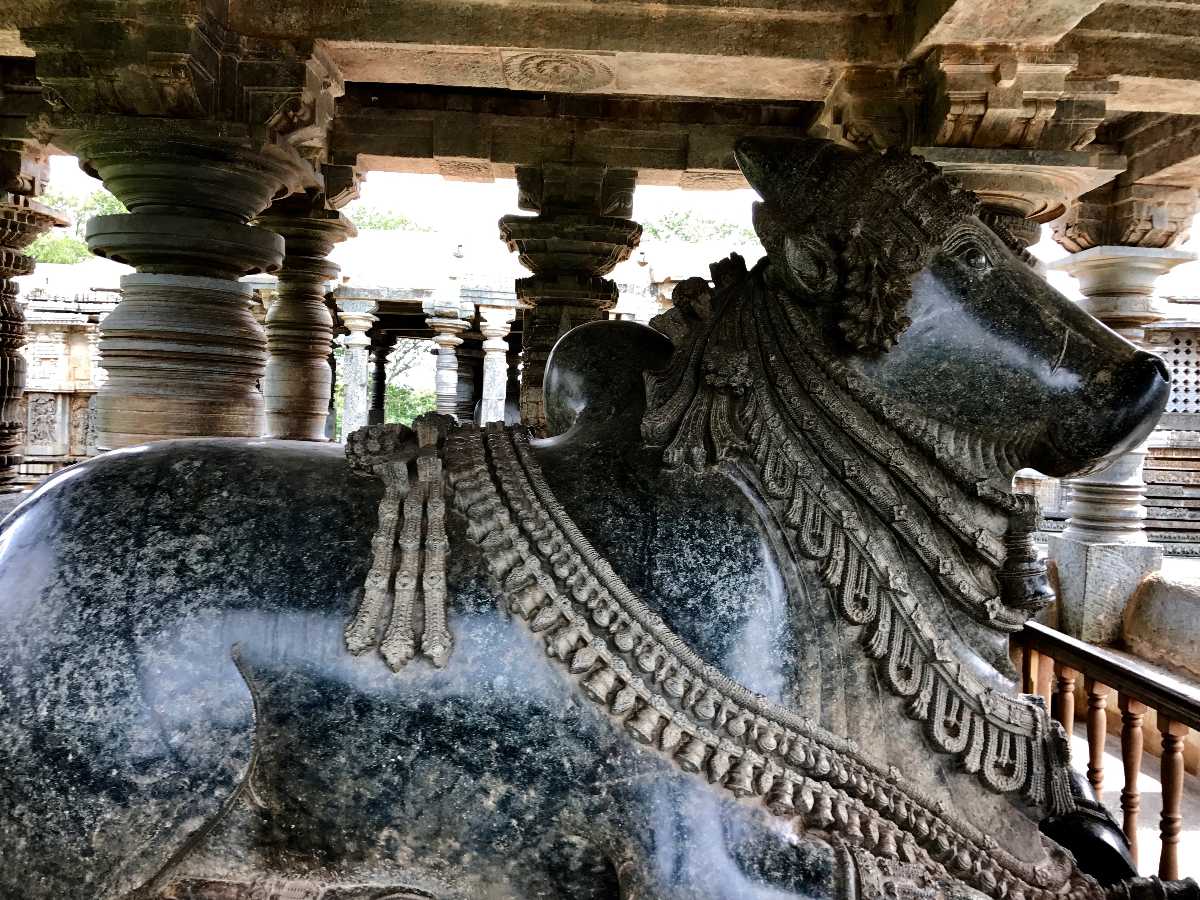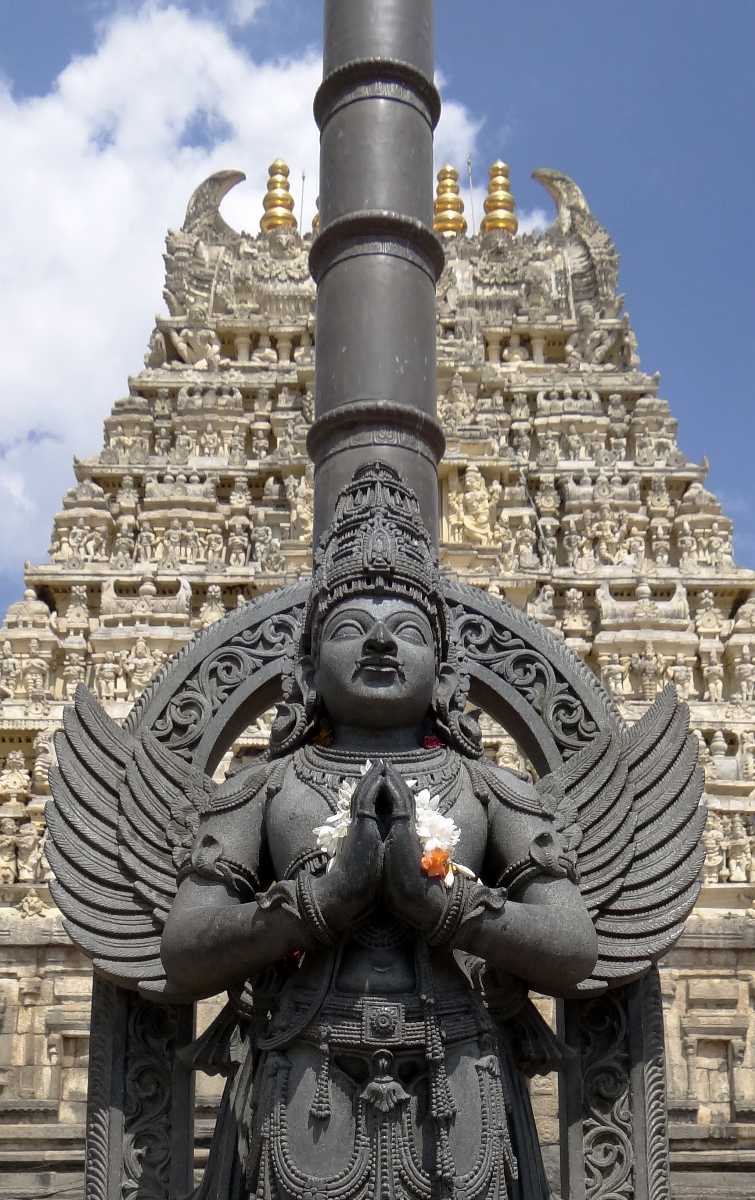Hoysaleswara Temple
Weather :
Label : Top Attraction
Tags : Temple
Timings : Temple - 6:30 AM to 9:00 PM
Museum - 9:00 AM to 5:00 PM, Monday to Friday
Time Required : 2-3 hrs
Dress Code : Women - Ethnic clothes only. Sarees or kameez allowed
Men - Panche or pants allowed
Active Temple : No
Halebidu Temple
Hoysaleswara Temple, Halebidu Overview
Hoysaleswara or Halebid Temple is a 12 century Hindu temple dedicated to Lord Shiva. Located in the west of the Dwarasamudra lake in a small town of Halebid in Karnataka, this magnificent temple is one of the three most landmark monument of Hoysala empire and is also the most significant monument dedicated to Lord Shiva in south India. The designing and decoration of the temple are done by the famous Shilpkar Kedoraja. Its extremely elaborate walls proudly wear the stories of various Gods and brave Hoysala soldiers in the form of beautiful sculptures engraved on its walls. It attracts thousands of devotees year round as it is well known for its architecture and statues of the Hoysala period.
Today, the artwork and the architecture of the Hoysaleswara Temple are damaged because of the sacking by Muslims armies in the late 14th century. However, it is mostly intact, and the temple itself is considered as one of the seven wonders of the country. It has also been proposed to be listed under the UNESCO world heritage sites.
Read More on Hoysaleswara Temple
Important Monuments in Hoysaleswara Temple
Near the ticketing booth of the museum, you will find a collection of thin but rewarding books on sale. Most of the books are in Kannada, but you can try and hunt for a few English titles.

Another impressive sight to be seen are the Jain Basti around 1 km to the south of the temple. The 12th-century basis stands in a garden enclosure and boost of dark mystic interiors and carved ceiling.
Walk a few more meters down the same around, and you will reach the 13th-century Kedareshwar temple.
Tips For Visiting Hoysaleswara Temple
However, as in most tourist destinations, the guides here are ready to hoard you upon arrival. So be prepared for that and pick a guide that you can connect with the most.
2. Photography at the temple is prohibited so be careful with the cameras.
3. The temple has a pretty big garden complex. So, after completing your sightseeing, you can enjoy a nice picnic lunch under the shady trees near the temple.
4. Late mornings or early afternoons in this part of the country can be really harsh. So, take a hat, sunscreen and a bottle of water with you.
5. Take time out and visit the Kadareswara temple just a few minutes away.
Architecture of Hoysaleswara Temple
The Hoysaleswara temple itself is made up of Chloritic Schist (Soapstone) and stands on a raised platform. This raised platform to provide the architect with enough space, both horizontally and vertically, to depict small and large sculptures.

The outer walls of the temple are engraved with hundreds of carving telling tales of Mahabharat and Ramayan. The architect must have been made to fill the entire outer wall with beautiful sculptures without leaving any space. But, the main speciality is that no two sculptures here are the same. Various sculptures depicts different designs such as, Lord Krishna lifting mount Govardhan, Bhishma Pitamh dying on the bed of arrows, Lord Ram killing the golden deer, Ram and Sita with monkeys, Krishna with his gopi etc. The sculptures look so beautiful that it would take a really devout pilgrim to focus on the God.

The most complex of all these sculptures are the two beams present over the southern and the eastern entryway. Another incredible feat is the beautifully sculpted statue of Shiva's attended Nandi. The statue is acclaimed to be one of the largest monolithic status of the character In India. A magnificent statue sits at one end of the lake. The park and the lake provides a terrific spot for photography, prayer and picnic.

Inside, the mighty temple is laid out in a dual plan combining the two shrines of the Hoysaleswara and Santaleshwara. Both the shrines are placed next to each other and is in the shape of the Shiva Linga (the universal shape of Lord Shiva). Compared to the complex exterior the interior is quite simple. There are four different porches serving as four entryways (however only the north one is open for the visitors). The most capturing element in here is the Garuda Stambha, a rare pillar depicting the story of king's bodyguards.
Best Time To Visit Hoysaleswara Temple
Trivia About Hoysaleswara Temple
2. Out of the original 84 female figures, only 14 remain. Rest were stolen.
3. Even after around 80 years of construction, the temple was not entirely built.
History of Hoysaleswara Temple
The credits of the commission and construction of the temple are mostly given to the erstwhile ruler of the dynasty, King Vishnuvardhana Hoysaleswara, but it is believed that one of the King's ministers Ketamala was the significant contributor in the commission of the temple. This confusion in the main commissioner is caused mostly because, unlike all the other Hoysala monuments, the Hoysaleswara temple lacks the dedication inscription. It was built to compete with the Chennakesava temple, which was under construction as a Vaishnava temple. The construction of this shrine was completed in 1121 CE.
How To Reach Hoysaleswara Temple
Top Hotel Collections
Top Hotels Near Hoysaleswara Temple
Hoysaleswara Temple Reviews

Have a Question on Hoysaleswara Temple?

experience.